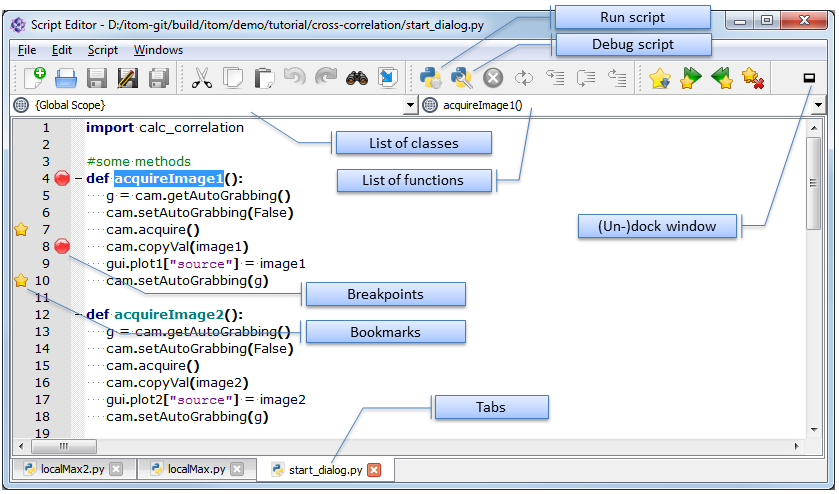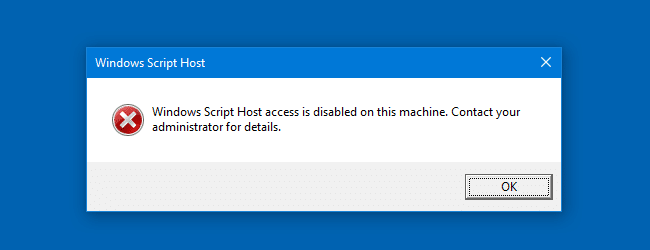As you automate your Windows operating system with PowerShell 2, it helps to know how to create scripts that you may be able to loop and use more than once. The steps to create a script follow:
- Windows Script Host provides an environment in which users can execute scripts in a variety of languages that use a variety of object models to perform tasks.
- Windows PowerShell is an object-oriented automation engine and scripting language with an interactive command-line shell designed to help IT professionals configure systems and automate administrative tasks. You can find it in every modern Windows OS starting with Windows 2008R2.
- You can create a cert to allow you to sign your own Powershell scripts. Using unsigned scripts requires you to completely disable Windows security measures that protect against running unwanted Powershell code, which would be bad. This method allows you to avoid disabling this code-signed policy.
Create the script in a plain text editor such as Notepad and save with a
.PS1file extension (for example,myscript.ps1).Run the script by entering the full path to the script (
c:/scripts/myscript.ps1), or if it’s in the current directory, prefix it with a period followed by a backslash (./myscript.ps1).If the path to the script contains a space, enclose the full path in quotation marks and prefix the entire thing with an ampersand (for example:
&'C:/my scripts/myscript.ps1').

Though Windows PowerShell can be used for a wide range of different applications, for a beginner, the primary utility of PowerShell scripts will be in regard to systems automation related to: Working with batches of files, whether this be to automate backups or to control access to large numbers of files at once.
Unless you’re running a signed script, make sure you to set the correct execution policy using Set-ExecutionPolicy. To allow local scripts to run unsigned, run:

I love shell scripting – it’s the duct tape of programming to me. Low cost, high benefit. Meant 2 be oklahoma. And it feels like art, where one can learn to do increasingly complex tasks with greater simplicity.

Sadly, I feel like it’s a developer skill on the decline. Maybe new developers feel it’s “not real programming”. Perhaps the growing dominance of Java as the lingua franca of academic comp sci courses has made shell scripting less relevant in university settings.
True, shell scripting feel a bit “vocational”, maybe even a bit unsexy compared to Python/Ruby/LISP/blah/blah/blah. Nevertheless, it’s a skill that becomes invaluable as you gain seniority and start doing more DevOps in you day job, or if you want to do some high-speed, low drag stuff to tailor your development environment like this.
Why Windows?
Script Windows Backup
This series will share some of the tips and tricks I’ve picked up through the years of working with Windows professionally. I’ll be the first to admit the Unix shells of the world are far superior to the Windows command prompt (or even Windows PowerShell). Windows is a fact of life for most professionals writing code for coporate customers; this series aims to make life with Windows a little easier.
Script Windows Update

Script Windows Update Reset

Script Windows
Why DOS-style Batch Files?
This series will share some conventions I picked up along the way for scripting in Windows via command prompt batch files. The Windows PowerShell is definitely sweet, but, I still like batch files for their portability and low friction. The Windows command line is very stable – no worrying about the PowerShell interpreter path, which version of PowerShell the server is running, etc.
Comments are closed.